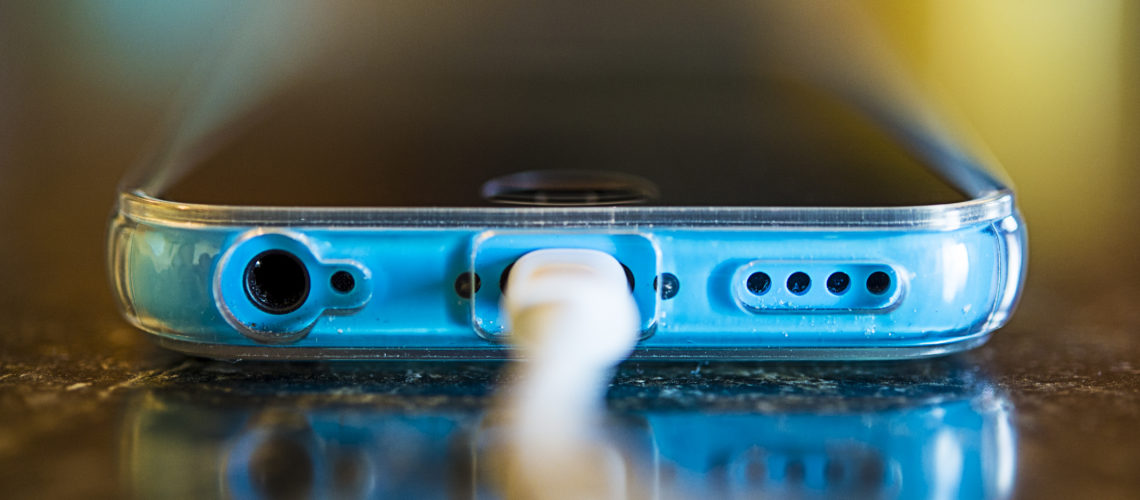Mobile use is growing at a fast pace and so is the number of malicious programs designed for smartphones.
Two thirds of the smartphone users, however, don’t even suspect their mobile devices could get infected at all, McAfee reported. That is the reason why they are an easy target for cyber criminals who could easily get a hold of their personal information, money, identity, and what not.
McAfee has recorded over 1,200 mobile malware variants already, where malware specifically developed for Android smartphones has risen with 76% within the last few months.
Some threats for mobile devices may be the same as those used for regular computers, but many are specifically designed for smartphones. Such are malicious applications which once downloaded on your phone, could access your personal data and provide it to the cybercriminal. Or, they could start dialing certain premium-rate numbers from your phone all charged on your bill without your knowledge at the end.
The good news, however, is that for every action there is opposite reaction. What we mean by that is cybercriminals might be trying to take advantage of the naive smartphone user, but developers on the other end are also working hard to prevent threats on mobile devices.
The newest mobile-malware detection technique, for example, includes gestures. The technique was developed by researchers from the University of Alabama at Birmingham. The security feature uses the phone motion, position and ambient sensors to “learn” the user’s typical gestures when dialing numbers, taking pictures or scanning credit cards.
The researchers promise the technique is highly accurate and is considered an essential malware defense as it does not require root access and is better than the regular approach (signature-based) mobile antivirus programs use.
Regardless of the anti-malware tools being currently developed for smartphones, you should stay as alert while using your mobile device as you are when using your computer – at all times.

